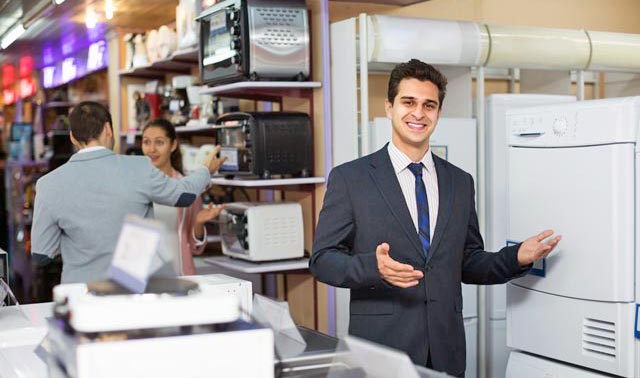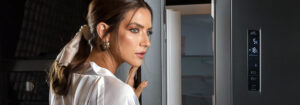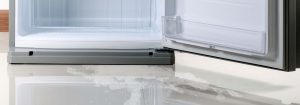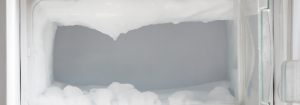While we use the fridge or freezer to extend the life of food, having food at the wrong temperature can increase the risk of foodborne illnesses. Salmonella, E coli and botulism can occur from the growth of bacteria on food. However, keeping food at the correct temperature can help to reduce the risk. So, what temperature should you keep your refrigerator or freezer?
Safe food storage in your refrigerator
- Your fridge should be set at a temperature of less than 4 degrees Celsius.
- Only leave perishable items out of the fridge for less than two hours. If it is particularly warm, then ensure food is only out for less than an hour.
- Don’t overpack the fridge; air needs to be able to circulate freely.
- If you have not correctly refrigerated an item, it may be best to throw it out.
- Use ready-to-eat food (such as ham slices) as soon as possible.
- Throw any food that smells or look suspicious away.
- Pathogen bacteria can be found in milk, eggs, meat, seafood as well as on fruit and vegetables so make sure to chill all of these items correctly.
- Remember to wash your hands before handling food and cleaning down surfaces before and after food preparation.
- If marinating food, leave items to marinate in the fridge rather than at room temperature.
- Regularly clean the fridge and wipe up spills quickly to prevent bacteria from being spread.
- Keep food sealed and covered when in the fridge.
- Get to know the difference between use-by and sell-by date. However, usually, you can judge whether a food is safe to eat after the use-by date by its colour, smell, texture and taste. Never use baby foods and formula after the expiration date.
Safe food storage in your freezer
- Make sure the freezer temperature is less than -18 degrees Celsius.
- Store leftovers in airtight containers.
- Follow the manufacturer’s cooking instructions thoroughly for frozen food.
- Food with freezer burn (grey spots) is not a health concern, but it occurs when food is not secure in airtight packaging.
- Consider purchasing a thermometer for your freezer so you can monitor the temperature.
What should I do when my fridge or freezer loses power?
If you lose power, then keep the doors of the fridge and freezer closed for as long as possible to keep the cold in. A freezer can often remain at a safe temperature for up to 48 hours if it is full. When power is restored, check the temperature using a thermometer to see if food is still at a safe temperature.
If power is out for more than four hours, then it may be wise to throw away perishable items from the fridge, especially if the temperature is above 5 degrees Celsius.
Otherwise, inspect food for spoilage and ensure to cook food thoroughly to kill any potential pathogens.








